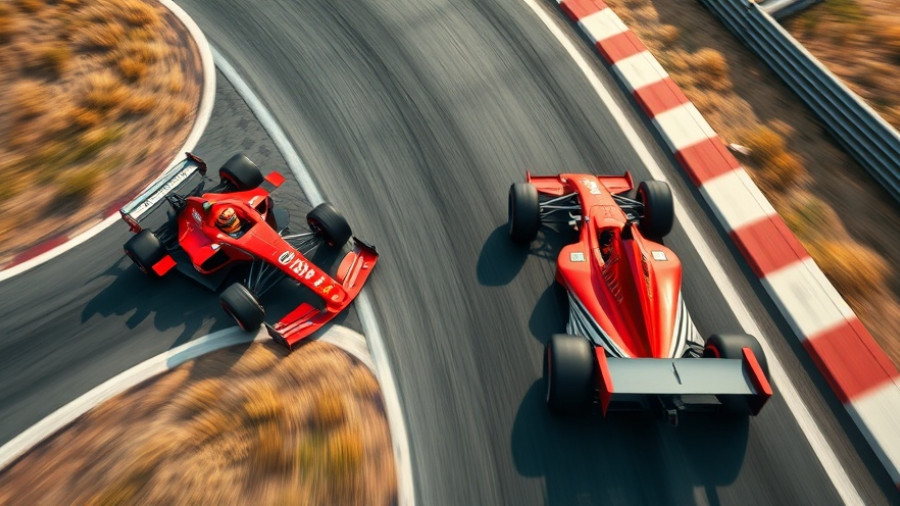
Understanding Spa-Francorchamps: A Unique Challenge for Power Units
Spa-Francorchamps, famed for its picturesque Ardennes setting and technical complexity, offers a thrilling blend of speed and challenge that demands peak performance from Formula 1 cars. Spanning over 7 kilometers—making it the longest track in the F1 calendar—Spa’s configuration encompasses a mix of high-speed straights, tricky corners, and significant elevation changes that test both drivers and their machines.
The Technical Demands of the Track
One of the key difficulties at Spa is its combination of steep gradients and lengthy straights. As Roel Sourbron, an ICE engineer at Ferrari, points out, the track’s layout demands that power units deliver exceptional performance for extended periods. Notably, the drivers maintain full throttle through the iconic Eau-Rouge and Raidillon sections for about 23 seconds—a distance of 1.8 km without lifting off. This intensity places substantial strain on power units, requiring precise optimization of energy and fuel usage.
Fuel Management and Weight Sensitivity
The unique geography of Spa requires teams to carefully manage fuel consumption. The steep climbs and rapid descents lead to high fuel use, making weight a critical factor in lap times. Engineers must calculate the correct amount of fuel to carry—too much compromises speed while too little risks not finishing the race, highlighting the delicate balance teams must strike.
Weather Variations: A Game Changer
Spa is notorious for its unpredictable weather, which can range from sunny to torrential rain within a single lap, adding another layer of complexity to power unit management. Sourbron explains that the engine behaves differently under varying conditions; in dry weather, it operates at full capacity, while cold and damp conditions can lead to prolonged high combustion pressures, stressing internal components. This variability demands that teams prepare for every possibility, adapting their strategies as needed.
Conclusion: The Magic of Spa
Spa-Francorchamps is more than just a racetrack; it’s a litmus test for the engineering prowess of Formula 1 teams. Its combination of unique challenges—from long high-speed sections and hilly terrain to unpredictable weather—makes it a favorite among drivers and fans alike. Understanding how power units function under these demanding conditions not only highlights the brilliance of F1 technology but also underscores the excitement that the Belgian track brings to the racing season.
 Add Row
Add Row  Add
Add 




Write A Comment